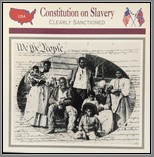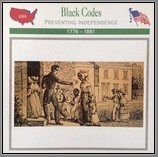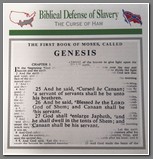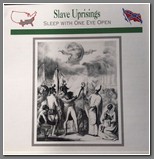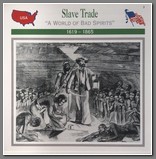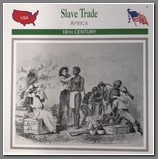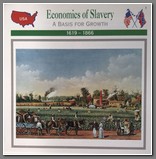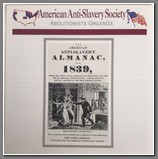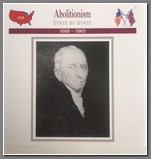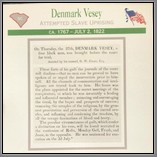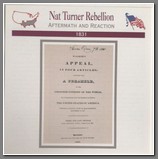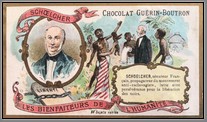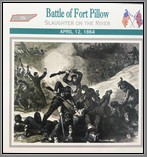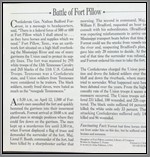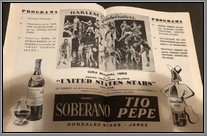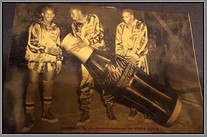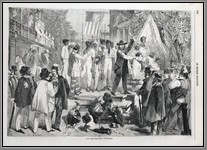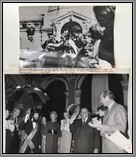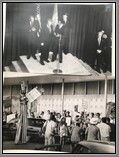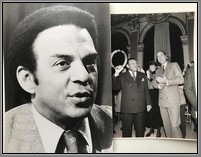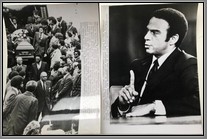CA 2121983 menu autographed by Senator Strom Thurmond and his wife, given to Elaine Whitelaw, who was the chief fundraiser for the March of Dimes. B
Price: $90.00
Note: James Strom Thurmond Sr. (December 5, 1902 – June 26, 2003) was an American military officer, attorney, judge and politician who served for 48 years as a United States Senator from South Carolina. He ran for president in 1948 as the Dixiecrat candidate on a states' rights platform supporting racial segregation. Thurmond represented South Carolina in the United States Senate from 1954 until 2003, at first as a Southern Democrat and then, from 1964 onwards, as a Republican.
A magnet for controversy during his nearly half-century Senate career, Thurmond switched parties in 1964, primarily because of his vehement opposition to the Civil Rights Act of 1964, and endorsed Republican presidential candidate Barry Goldwater. In the months before switching, he had "been critical of the Democratic Administration for ... enactment of the Civil Rights Law", while Goldwater "boasted of his opposition to the Civil Rights Act, and made it part of his platform."
In opposition to the Civil Rights Act of 1957, he conducted the longest speaking filibuster ever by a lone senator, at 24 hours and 18 minutes in length. In the 1960s, he opposed the civil rights legislation of 1964 and 1965 to end segregation and enforce the constitutional rights of African-American citizens, including basic suffrage. Despite being a pro-segregation Dixiecrat, he insisted he was not a racist, but was opposed to excessive federal authority, which he attributed to Communist agitators.
Starting in the 1970s, he moderated his position on race, but continued to defend his early segregationist campaigns on the basis of states' rights in the context of Southern society at the time. He never fully renounced his earlier positions.
Six months after Thurmond died, his mixed-race daughter Essie Mae Washington-Williams (1925–2013) revealed he was her father. Her mother Carrie Butler (1909–1948) had been working as his family's maid, and was either 15 or 16 years old when 22-year-old Thurmond impregnated her in early 1925. Although Thurmond never publicly acknowledged Essie Mae Washington, he paid for her education at a historically black college and passed other money to her for some time. She said she kept silent out of respect for her father and denied the two had agreed she would not reveal her connection to Thurmond. His children by his marriage eventually acknowledged her. Her name has since been added as one of his children to his memorial at the state capitol.

